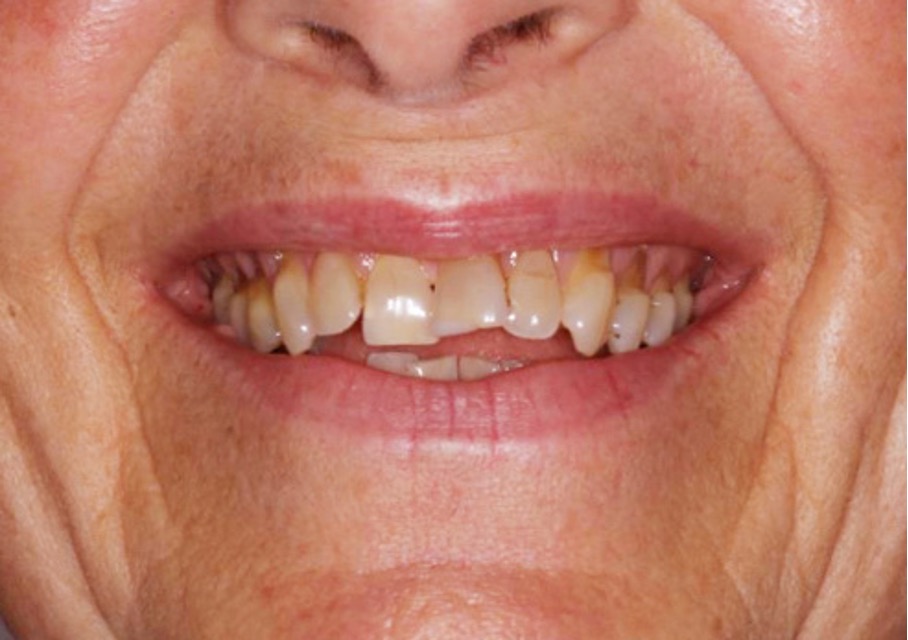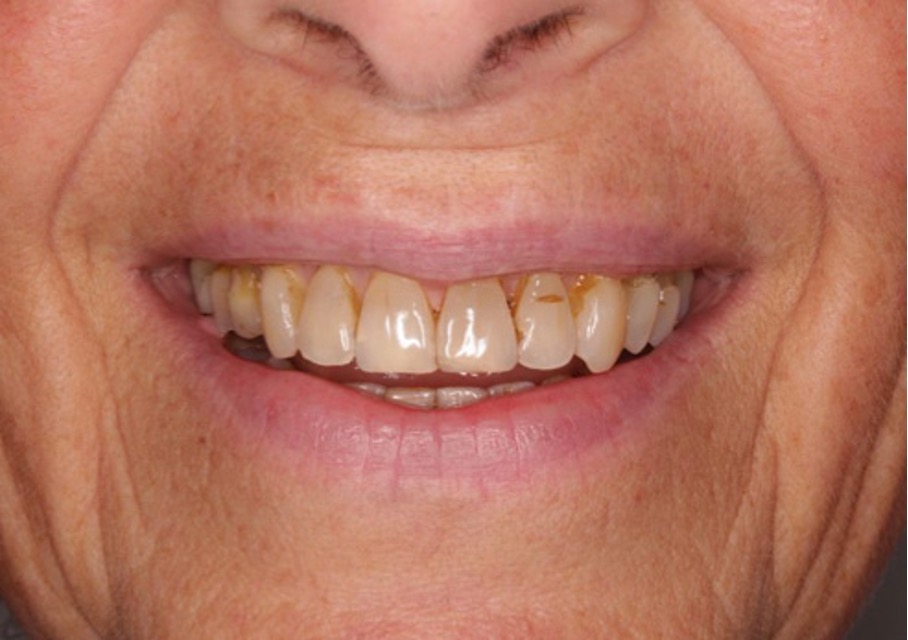In our practice, 1/3 of our orthodontic patients are adults. Adult patients desire orthodontic treatment for several reasons, including:
- Adults who have already had orthodontic treatment, but are experiencing a relapse, or simply have the appearance of incisor-canine crowding (related to aging and the mesial migration movement of teeth with age).
- Adults who have never had orthodontic treatment and wish to obtain a better smile and/or improved facial aesthetics
- Adults who need specific orthodontic intervention (preparation of an implant site, alignment of teeth to allow for bridge or veneer placement, “lowering/raising” a tooth, etc.).


A Smile is a Marker of Confidence
- Invisible treatments: aligners, lingual braces
- Appointment frequency adapted to your lifestyle
- Possibility of remote appointments (telemedicine)
Treatments adapted to adults
A recent study in the workplace was conducted among HR professionals to understand the link between poor dentition and resulting prejudices. Can you guess the results? For positions in management, customer service, and sales, the professionals surveyed responded that over 60% would favor the candidate with good dentition, despite identical qualifications!
Orthodontics
Possible at any Age
Seniors are increasingly present in our practice. This is due to the rise of invisible techniques such as lingual braces or aligners.
Aligning your teeth will ensure their good periodontal health, and help you keep them longer!
By realigning the teeth, the lips have better support and projection: the smile is rejuvenated, as are facial expressions!
Orthodontics after 60?
For seniors, the motivation is sometimes aesthetic and often functional, with the idea of maintaining good dental health.
Some consult for discomfort or pain (temporomandibular disorders, etc.). For others, the request is broader and may fall within a more comprehensive framework of dental-prosthetic restorations (missing teeth, dental wear, jaw misalignments hindering prosthetic rehabilitation, etc.). Finally, collaboration between orthodontics and periodontics can improve the anatomical environment of your teeth. This will also improve your occlusion, thus helping to preserve your dentition.

Particularity of those over 60
Seniors present clinical particularities related to aging:
- Tooth movement is slower in adults:
The number of cells available for movement is lower. Therefore, it will be slower.
However, according to some authors, once the movement is initiated, the displacement will occur at the same speed.
- The initial tissue reaction occurs with delay:
The latency time is the response time of tissues to applied forces. It is the time needed to stimulate cellular activity. Cellular rarefaction, reduced vascularization, slowed calcium metabolism, and reduced turnover lead to an increase in latency time. Tooth movements must be slow, gentle, and of low amplitude.
- One or more teeth may be missing:
Secondary migrations of adjacent or antagonist teeth may have occurred. The height of alveolar bone is decreased, the center of resistance of the tooth is more apical. Need for a multidisciplinary approach for most of our patients.
Senior orthodontics will be performed with minimal tooth movements and with orthodontic appliances delivering light and continuous forces. These are most often compromise treatments.
The use of new mini-implant anchorage also opens up new horizons in adult treatment by allowing us to offer treatment options that were difficult to consider just a few years ago.
So, if you are in good health, have healthy teeth and periodontium (tooth supporting tissues: bone and gum), there should be no contraindications for considering orthodontic treatment. A consultation with a certified orthodontic specialist (orthodontist) will quickly confirm this for you.
INSIGHTS
Content for adults




